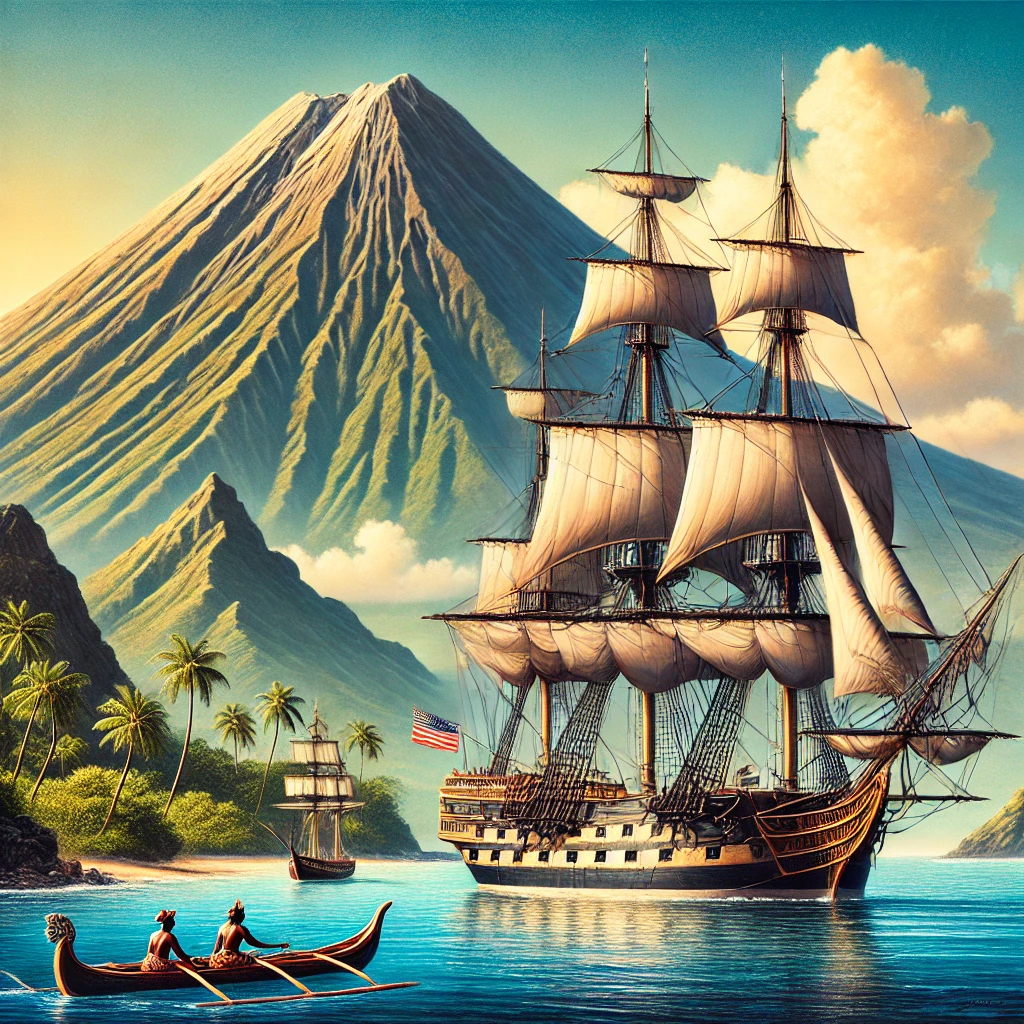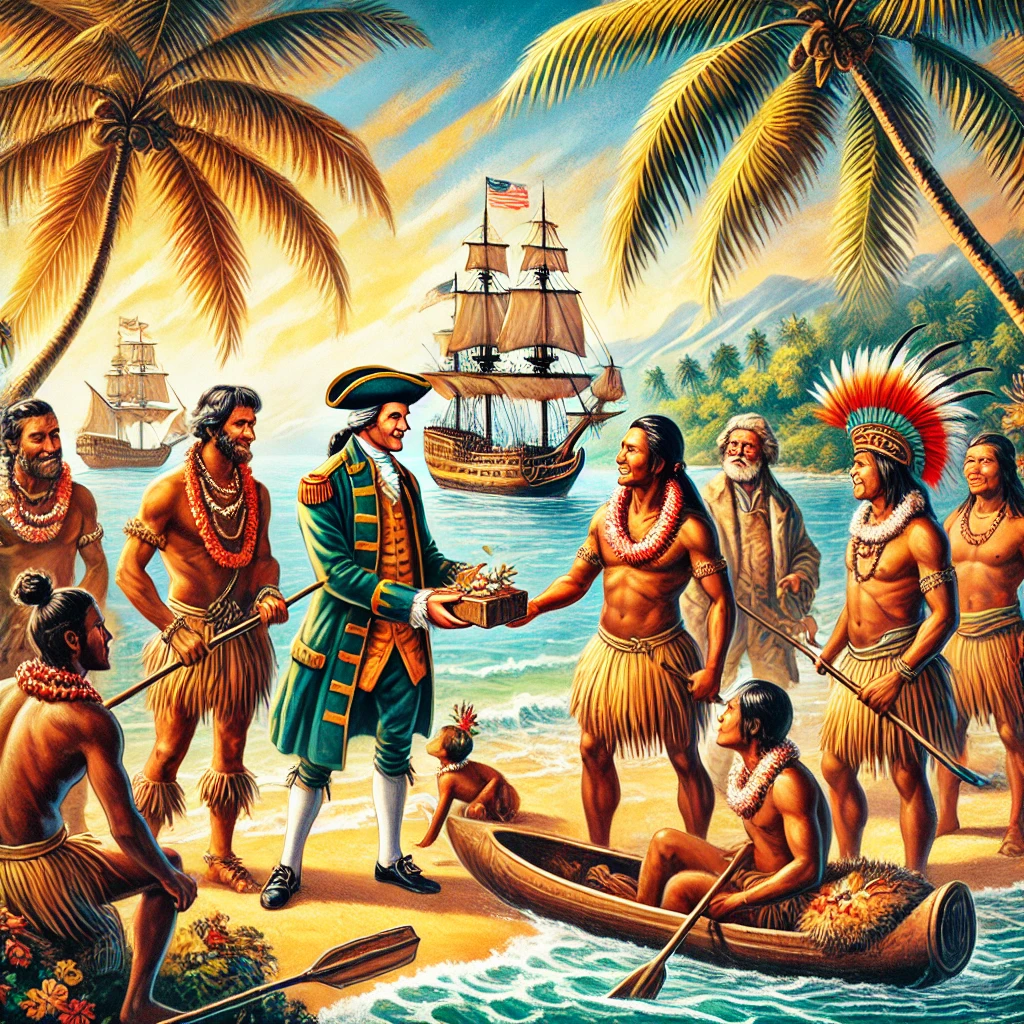On January 18th, 1778, the renowned British explorer Captain James Cook became the first European to discover the Hawaiian Islands, a momentous event that would shape the course of history for this Pacific paradise. Known as the “Sandwich Islands” at the time, Cook’s arrival marked the introduction of these islands to the Western world, expanding global knowledge of the Pacific’s geography and its diverse cultures. This discovery, however, came with complex consequences that continue to echo today.

The Voyage That Made History
Captain Cook was on his third and final voyage when he stumbled upon the Hawaiian archipelago. Initially seeking a northwest passage from the Pacific to the Atlantic, his expedition—equipped with advanced navigational tools for the time—aimed to chart unknown territories and foster scientific discovery. Upon sighting the islands of Kaua‘i and Ni‘ihau, Cook was struck by the natural beauty and abundant resources of the area. For the indigenous Hawaiian people, known as Kānaka Maoli, Cook’s arrival was both fascinating and foreboding, as it heralded the start of a new chapter in their history.
Significance of Cook’s Discovery

From a Western perspective, the discovery of the Hawaiian Islands was monumental. The islands quickly became an essential waypoint for ships crossing the Pacific. They offered a strategic location for resupplying and repairing vessels and played a role in the expansion of British maritime dominance. Cook’s detailed maps and journals provided the Western world with a deeper understanding of the Pacific’s vast and varied geography. The Hawaiian Islands were soon recognized as a key piece of the puzzle in global trade and exploration.
However, for the Hawaiian people, Cook’s arrival was a harbinger of profound change. The Kānaka Maoli lived under a sophisticated system of governance, religion, and social organization, all deeply intertwined with their natural environment. Contact with Europeans disrupted this balance, introducing foreign diseases, new technologies, and altered power dynamics that would eventually lead to the erosion of native culture and autonomy.
Lasting Impact and Legacy

The impact of Captain Cook’s encounter with the Hawaiian Islands remains a subject of both admiration and controversy. On one hand, Cook’s discovery brought Hawaii into global consciousness, laying the groundwork for its eventual integration into international trade and diplomacy. His detailed documentation of the islands’ natural resources and culture has provided invaluable historical insights.
On the other hand, Cook’s arrival signaled the start of a tumultuous period for Hawaii. The introduction of Western influences led to the destabilization of traditional Hawaiian society. Diseases like smallpox and measles devastated the population, while the influx of settlers and missionaries brought profound cultural shifts. These changes culminated in the eventual overthrow of the Hawaiian Kingdom in 1893 and Hawaii’s annexation by the United States in 1898.
Today, Cook’s voyages are celebrated for their contributions to navigation and exploration, yet they also serve as a poignant reminder of the unintended consequences of cultural exchange and colonization. The Hawaiian Islands—now a U.S. state—stand as a living testament to their unique heritage, resilience, and the ongoing efforts to preserve indigenous Hawaiian culture.
Captain James Cook’s discovery of the Hawaiian Islands remains one of history’s pivotal moments, bridging worlds and reshaping the trajectory of a vibrant and storied civilization. As we reflect on this event, it invites us to consider the complexities of exploration and the responsibilities that come with expanding horizons.
